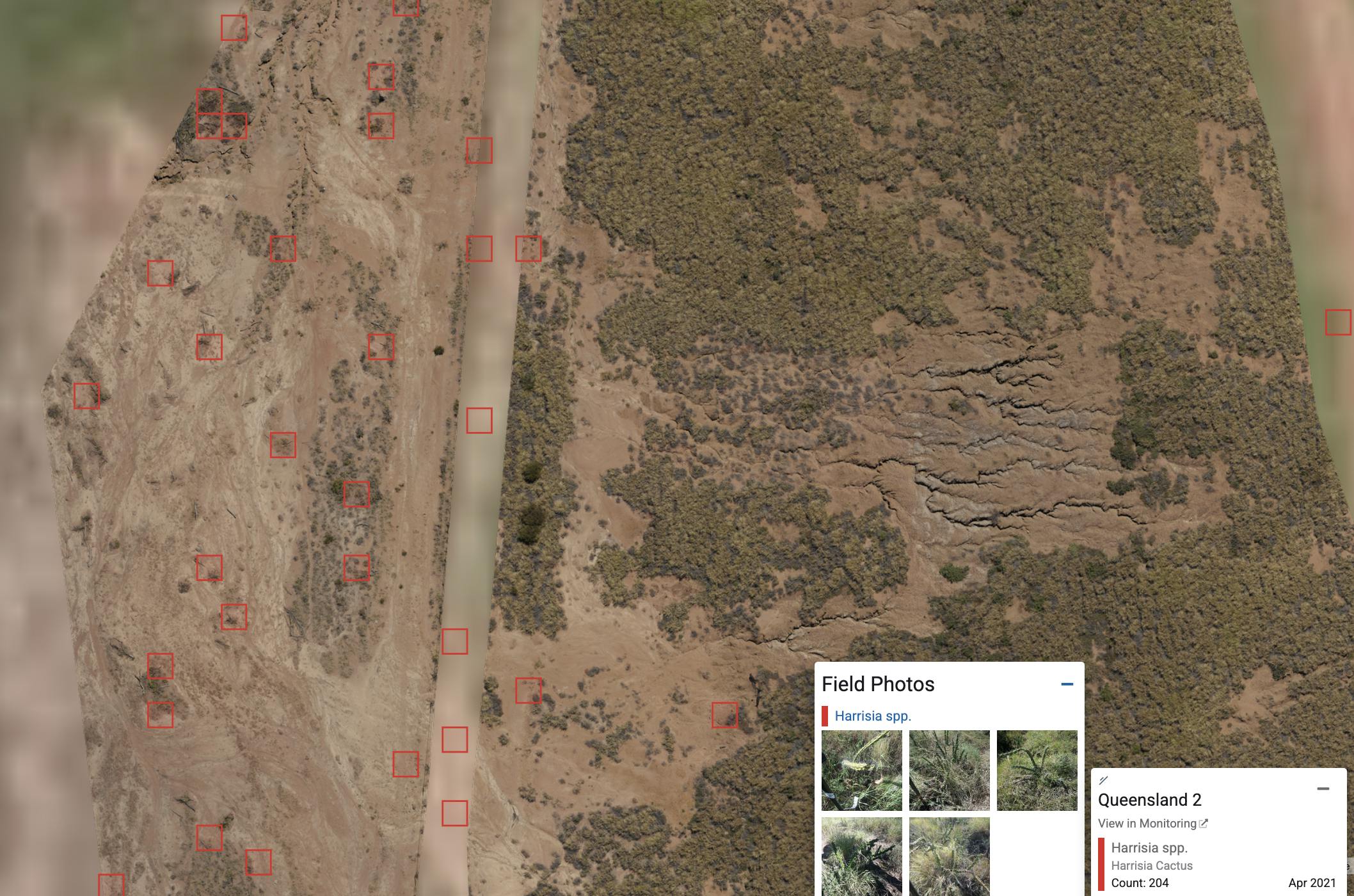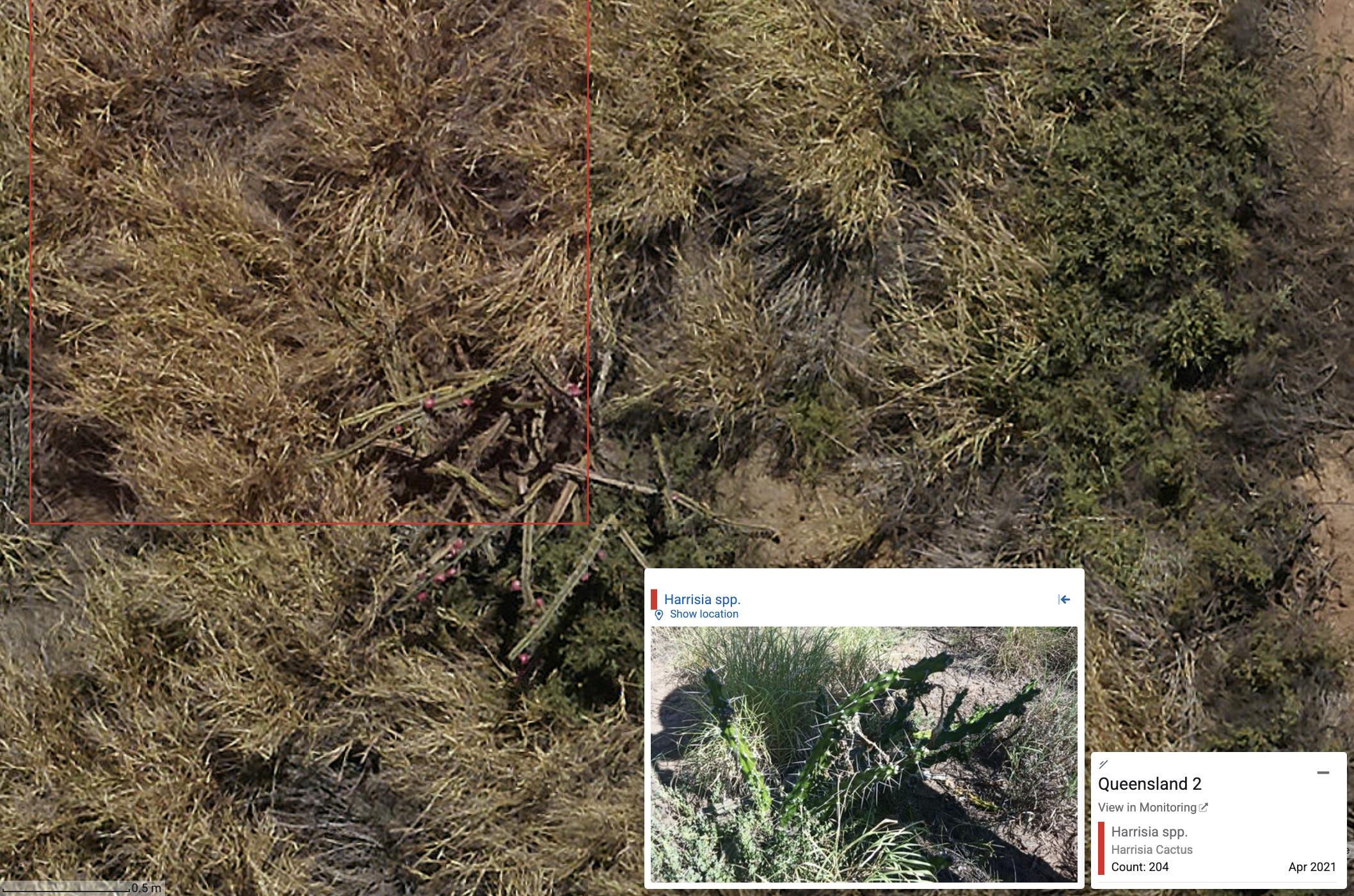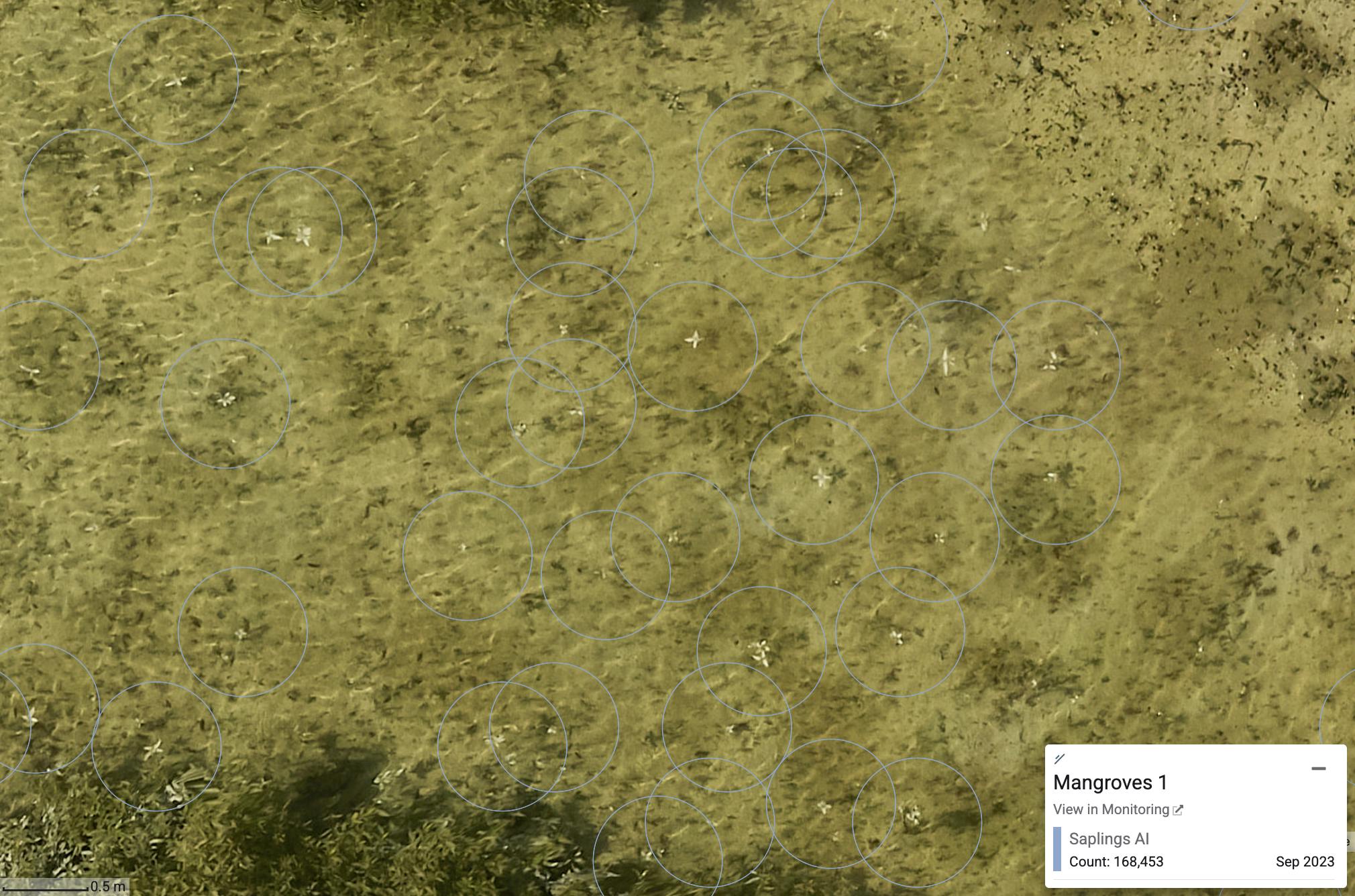Scaling AI-Powered Species Detection At Scale

Scaling AI-Powered Species Detection with In-Field Insights The Challenge of Monitoring Biodiversity at Scale
Ecosystem restoration is about more than just increasing vegetation cover - it’s about restoring biodiversity, back to its native ecosystem design. Yet, tracking species across vast landscapes is a logistical challenge. Traditional biodiversity monitoring methods rely on manual surveys, which are time-intensive, resource-heavy, and difficult to scale.
So how do we track the right species, at the right time, in the right places—without getting lost in the complexity of large-scale ecosystems?
At Dendra, we integrate AI-powered biodiversity detection with on-the-ground field verification, creating a scalable, precise approach to biodiversity monitoring. By using AI to detect species at scale and field data to refine and validate our models, ensuring that interventions enhances biodiversity, not just land cover.
AI for Species-Level Monitoring: Scaling Restoration Intelligence
Artificial intelligence is making its mark in biodiversity monitoring by automating species detection across large landscapes. Instead of relying solely on human-led field surveys, AI-powered models enable us to:
- Detect species presence across millions of hectares, whether from drone, aircraft, or satellite imagery.
- Identify invasive species hotspots, allowing for targeted intervention before they spread.
- Analyze native flora distribution, ensuring that restoration efforts align with the ecosystem’s natural regeneration.
- Recognize wildlife interactions, supporting habitat conservation and restoration planning.
This AI-driven approach drastically increases efficiency compared to traditional monitoring methods. What would take months of manual field surveys can now be detected within days or even hours—allowing restoration teams to move from passive monitoring to active intervention much faster.

Image 1. Detected Harrisia Cactus overlaid on Ultra High Res colour imagery
However, AI models are only as effective as the quality of data they’re trained on. This is where field validation becomes critical.
Field Data: The Missing Link That Makes AI Smarter
AI can process vast amounts of ecological data, but field verification ensures accuracy. Ground-truthing species detections is essential for training AI models to distinguish between similar species, confirm ecological interactions, and refine detection parameters.
Field teams play a crucial role in:
- Ground truthing AI-generated biodiversity insights to ensure correct species classification.
- Training AI models with real-world species observations, improving detection accuracy over time.
- Assessing ecosystem health, ensuring that restoration efforts enhance biodiversity, not just increase vegetation.
- Getting their boots on ground between aerial fly overs, allowing for consistent monitoring year round & proactive intervention.

Image 2. Ground truthed Harrisia Cactus, connecting ground to cloud verifications
In mangrove restoration, AI can estimate tree density, sapling density, and growth from aerial imagery. Additionally, remote sensing can assess sapling health by detecting stress indicators such as chlorophyll content (NDVI), and invasive species encroachment. However, field teams validate finer ecological details that AI cannot yet fully capture—such as identifying the cause of stress (e.g., soil salinity, disease, or herbivore damage), measuring soil conditions, and confirming species composition with ground-truthing.

Image 3. Sapling AI model detecting germinating saplings over mangrove habitats
Monitoring, Prioritizing, and Scheduling Interventions
With AI-powered biodiversity tracking and field-verified insights, restoration teams can:
- Monitor biodiversity trends at scale, detecting ecosystem changes before they become irreversible.
- Prioritize restoration actions, targeting interventions in areas with the greatest ecological need.
- Schedule field interventions efficiently, deploying teams only where human expertise is most needed.
This approach saves time, reduces costs, and ensures that biodiversity restoration is targeted and effective.
A Smarter Future for Biodiversity Restoration
The combination of AI, remote sensing, and in-field expertise is transforming biodiversity monitoring from a static, time-consuming process into a dynamic, scalable approach.
By merging species detection with human ecological expertise, we ensure that restoration projects are not just well-planned but data-driven, adaptive, and impactful.
With this approach, restoration specialists can confidently measure success, optimize resource allocation, and ensure that restored ecosystems are thriving in biodiversity, not just greenery.
The future of restoration is not about just seeing what’s there—it’s about understanding, predicting, and protecting biodiversity at scale.
Let's reimagine environmental management together.
Book a demo today and discover how Dendra's advanced data & AI insights can guide better environmental management practices for your project.